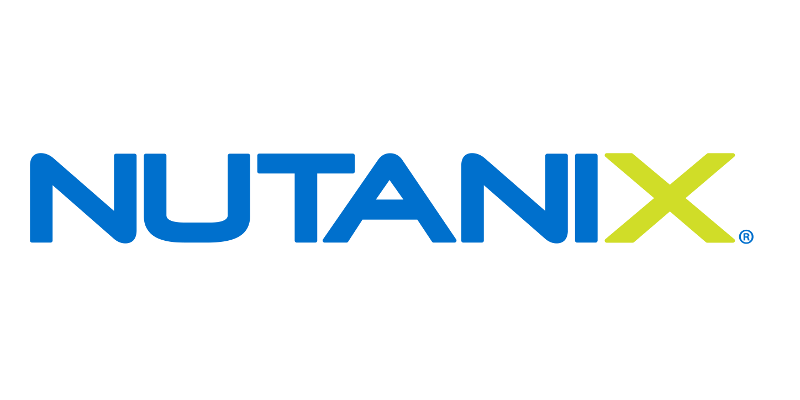 NEWS
NEWS
 NEWS
NEWS
 NEWS
NEWS
Moving up the stack is one of the most tried-and-true strategies for standing out from the intense competitive in the data center, but Nutanix Inc. is bringing a whole new meaning to the term with the latest iteration of the software powering its popular appliances. The upgrade, which is being introduced as the company’s Nutanix .Next conference begins this morning, marks the opening of a fresh chapter in the evolution of the hyper-converged space.
The star of the launch is a virtualization management framework dubbed Acropolis made up of three components, the first of which is a storage provisioning feature meant to help support different kinds of workloads. That means a traditional service such as Microsoft Exchange can be allocated storage the old fashioned way from inside the instance in which it’s running instead of as a separate virtual disk.
That emphasis on addressing workload requirements also extends to the complementary image management toolkit included in the update that constitutes the core of Acropolis. The addition provides capabilities for migrating applications among appliances, recovering after data loss and converting virtual machines to run under the native hypervisor introduced in conjunction.
The Acropolis Hypervisor offers what is described as a lenient pricing model that Nutanix hopes will lure customers away from VMware, Inc.’s ESXi, which is currently the dominant flavor of virtualization for its boxes. That’s an attractive proposition for smaller companies running their entire operations on a handful of its appliances, which can potentially save a significant amount of software expenses by migrating.
But the pitch loses some of its strength in the enterprise, where shuffling virtual machines around is not at all that simple. Among other logistical hurdles, the large organizations that Nutanix is targeting have existing contracts with VMware to maintain that represent far too big of an investment to abandon, which is why Nutanix is sweetening the offer with the inclusion of cross-hypervisor interoperability in Acropolis.
That allows administrators to manage through a single pane of glass a path for gradual migration, not only from VMware to its alternative but also onward to containers once support for the lightweight virtualization format is added down the road. That, in itself, is a major selling point for organizations hoping to adopt the technology in order to improve the efficiency of their environments.
Administrators can oversee the entire process using the upgraded version of the built-in Pulse monitoring system, which rounds out the update with a new search bar that allows for quick access to diagnostic metrics about the underlying appliances. The feature joins existing analytics functionality for uncovering broader operational patterns in that data.
But even the added storage and virtual machine management components still don’t add up to the time-honed feature set VMware offers in its competing virtualization suite. However, the fact that Nutanix has decided to challenge one of its most strategic partners on its own home turf indicates that it’s more than confident in Acropolis’ competitive prospects going forward.
Support our mission to keep content open and free by engaging with theCUBE community. Join theCUBE’s Alumni Trust Network, where technology leaders connect, share intelligence and create opportunities.
Founded by tech visionaries John Furrier and Dave Vellante, SiliconANGLE Media has built a dynamic ecosystem of industry-leading digital media brands that reach 15+ million elite tech professionals. Our new proprietary theCUBE AI Video Cloud is breaking ground in audience interaction, leveraging theCUBEai.com neural network to help technology companies make data-driven decisions and stay at the forefront of industry conversations.